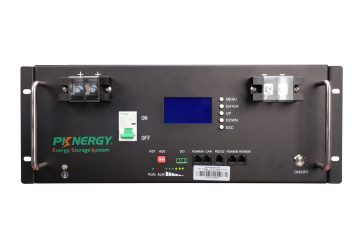When it comes to software development, maintaining and updating database schemas without interrupting service can be a challenge. Database migration plays the role of the main actor in the migration process, especially for the Node.js ecosystem.
Regarding database migration, this means managing the incremental, reversible changes and version control to your database schema. Developers use database migration to change the database schema and apply changes to existing ones.
Defining Database Migration
Imagine you’re building a house, and after living in it for a while, you decide to add a new room or change the layout of the kitchen. In software development, your database is like your house, and as your application grows, you need to make changes to its structure or “architecture” without tearing it down and starting from scratch.
Database migration tools in Node.js help developers add these “rooms” or make “layout changes” smoothly and effectively. Many organizations choose to hire Node.js developers to utilize various tools and techniques to manage database schema changes effectively.
Importance of Database Migrations
Database migrations are essential for several reasons:
1. Version Control
Just like your application code, your database schema should be version-controlled. Migrations keep track of changes and allow you to move back and forth between different versions of your database schema easily.
2. Team Collaboration
Migrations make it easier for teams to collaborate. When multiple developers are working on the same project, migrations ensure that everyone has the latest database schema.
3. Deployment Automation
Automated migrations simplify the deployment process by ensuring that database changes are applied correctly and in the right order during the deployment.
Database Migration Tools in Node.js
There are different tools available for handling database migrations in Node.js. Some of the most popular are Sequelize, Knex.js, and Migrate. The tools are versatile, they enable things like defining migrations tasks and executing or reverting migrations.
The choice of the tool will be determined by the project’s precise needs, including database schema complexity and the management system (DBMS) you are using.
Sequelize
Sequelize is an ORM (Object-Relational Mapping) for Node.js, which supports different databases. An alternative option is running the command line to define your models/migrations which makes Sequelize an appealing framework for the development of large/complex applications by teams.
Knex.js
Knex.js is a query builder for Node.js, which uses SQL commands and can connect with a variety of database systems. It will also have a migration CLI tool that perfectly assists developers during the management of database seeds and migrations. Knex works well for very detailed queries and requires high precision in SQL queries.
Migrate
Migrate is a lightweight database migration tool. It doesn’t lock you into a particular ORM or query builder; therefore, it’s a flexible option for projects that might switch databases or use multiple databases.
Steps for Managing Database Migrations
1. Initialization
Set up your chosen migration tool within your Node.js project. This usually involves installing the tool via npm and possibly configuring some files to specify how the migrations should be executed.
2. Creating Migrations
Whenever you need to change the database schema, you create a new migration. The migration file contains the necessary changes, often in the form of “up” (apply change) and “down” (revert change) functions.
3. Running Migrations
Apply the migration to your database using your migration tool’s command-line interface. This updates the database schema to the new version.
4. Reverting Migrations
If something goes wrong or you need to go back to a previous database schema version, you can revert your migrations. This is where the “down” function in your migration files comes into play.
Best Practices
Test Your Migrations
Before applying migrations to your production database, test them in a development or staging environment. This helps catch any issues before they can affect your live application.
Keep Migrations Reversible
Design your migrations so they can be easily reverted. This makes it safer to deploy changes and easier to roll back if needed.
Document Your Migrations
Provide clear descriptions of what each migration does. This documentation serves as the ultimate guide for members of the team who need to comprehend the rationale behind various migrations.
Conclusion
Database migration is one of the vital components of modern web development and it makes sure that you don’t break your application while updating database schema. While the technical aspects of database migration can be complex, the fundamental concept is straightforward: it’s all about making controlled and reversible changes to your database schema.




